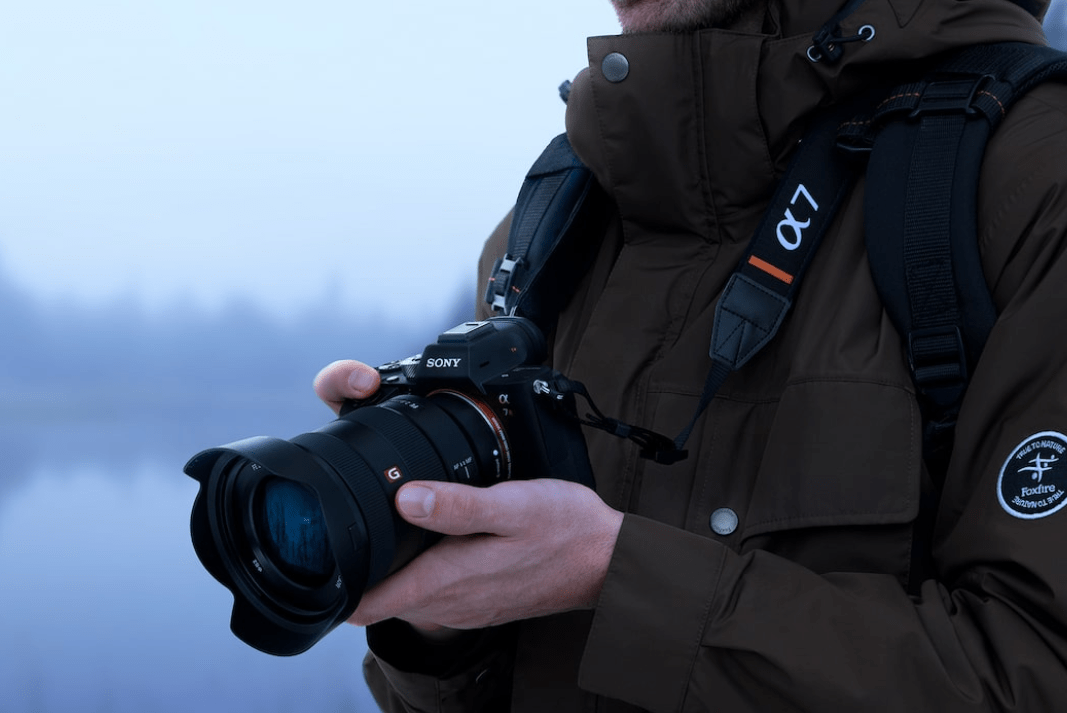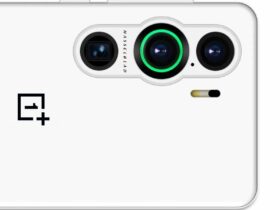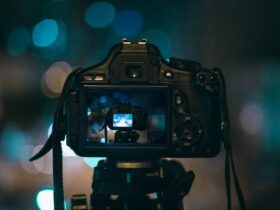In the world of photography there are often two schools, one that chases zooms and one that instead focuses its attention on stills. In such a dual world, it is difficult to find the right advice for choosing something. In this guide we will see how to choose an all-round fixed lens, compared to different types and photographic approaches
Let’s start by saying that in photography there are no absolute truths. Each photographic tool is suitable for a certain series of situations depending on the person who is going to use it. The zoom has the advantage of being a collection of different fixed focal lengths in one lens, with the cons of having, as a rule, important dimensions and not always generous openings.
A fixed focal length lens, on the other hand, has only one angle of view available, but also a very generous maximum aperture joined, on some occasions, even in small dimensions. It is easy to understand how the choice of a fixed goal must be well thought out. So let’s start by understanding how to choose a fixed goal, then extending the concept to the all-round fixed goal.
How to choose a fixed goal, the concepts to follow
Before thinking about choosing a fixed lens, in any focal range, we should ask ourselves the big question: “what do I want to photograph?”The choice of the instrument must first of all be framed within one’s own needs. It is important to understand the type of photo you want to get and if what you have does not allow you to achieve the desired result. Buying a new lens opens up new possibilities, but it doesn’t improve our photography. Often the overriding need, which leads to a fixed goal, is that of “I have to lower the ISO”. This is the worst way to get close to buying a fixed lens. Looking only at maximum brightness will end up buying a lens that will most likely not be the right one for us.
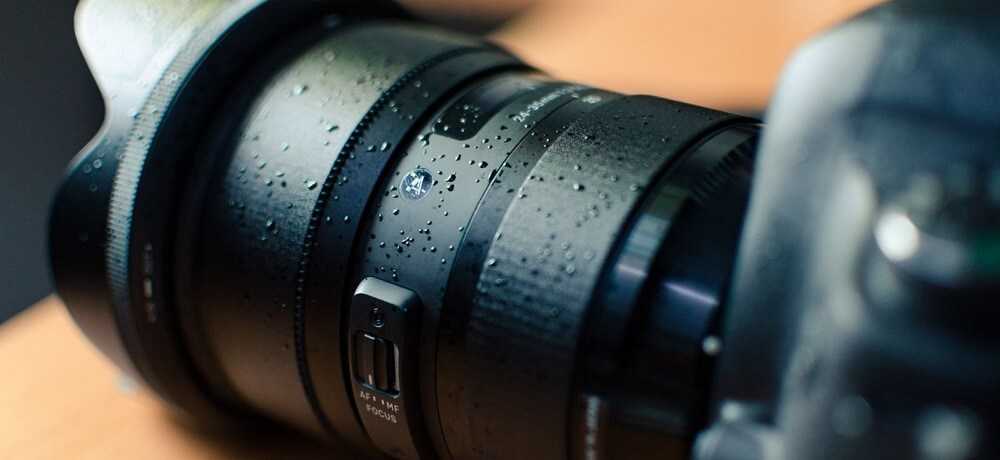
Instead, we must start from the question: “which focal lengths do I use most?”. If you don’t know how to answer this question, you have actually already solved your problems: you don’t need a fixed goal. It will be more productive to look for, if available, a zoom of similar extension to the current one but better overall quality in case your current model is a source of dissatisfaction. Conversely, if you know how to answer the question above, you will immediately know in which direction to go. It will only be a question of investigating which of the models available for your camera offers the most suitable technical features for you.
The next question is in fact the following: “What maximum aperture would I use without having depth of field problems?”. This is actually not an easy question to answer. Trivially, this uncertainty can be remedied by taking one of the models with a wider aperture. Wanting to save something, and direct you to a less expensive lens, the advice is to rent, or loan, a lens with a very generous maximum aperture and carry out tests on which are the most used apertures.
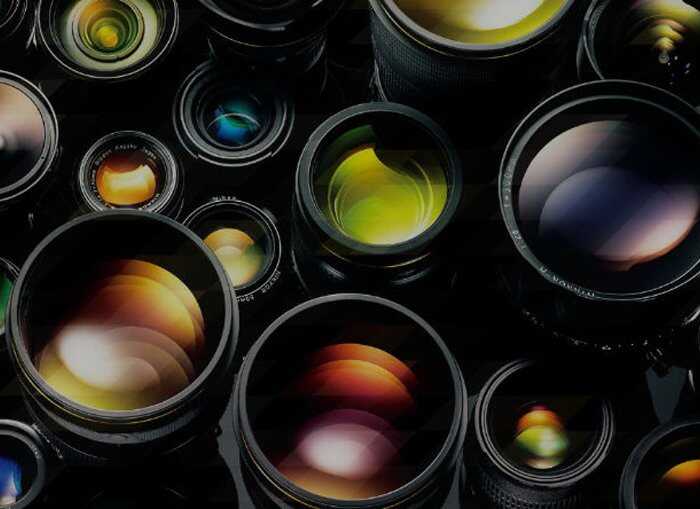
This reasoning is therefore “only” a way to maximize spending. Another point to take into consideration concerns the maximum weight of the lens. The answer to this question is simple: just try how long your wrist stably holds a weight equal to that of lens plus camera. If we notice that above a certain weight we struggle even after 10 minutes while “that fictitious goal” (hypothetical to buy having the same weight) we have to use it for several hours we will have immediately understood that it is not for us! Summarizing this, long, speech here is the points to take into account when choosing a fixed goal:
- photographic genre to deal with;
- weight;
- maximum aperture and useful depth of field;
- preferred focal length.
Added to this is the factor “specific need“, Such as the need to do macro or to have a tilting lens. These options will still change the cards on the table, but also narrow the field, offering less uncertainty in the choice.
How to choose a fixed goal all-rounder, the discriminating factors
Combining what has been said above with the desire to have a fixed handyman goal, we understand well how the discriminating factor lies in the very concept of “handyman”. The all-rounder lens must ensure that we can only use that lens to meet all of our photographic needs in a particular photographic output. You understand well how this complicates, and not a little, the cards on the table. The choice is simple only if we limit the concept of handyman to a single photographic genre, it becomes very open if we do not set this limit.
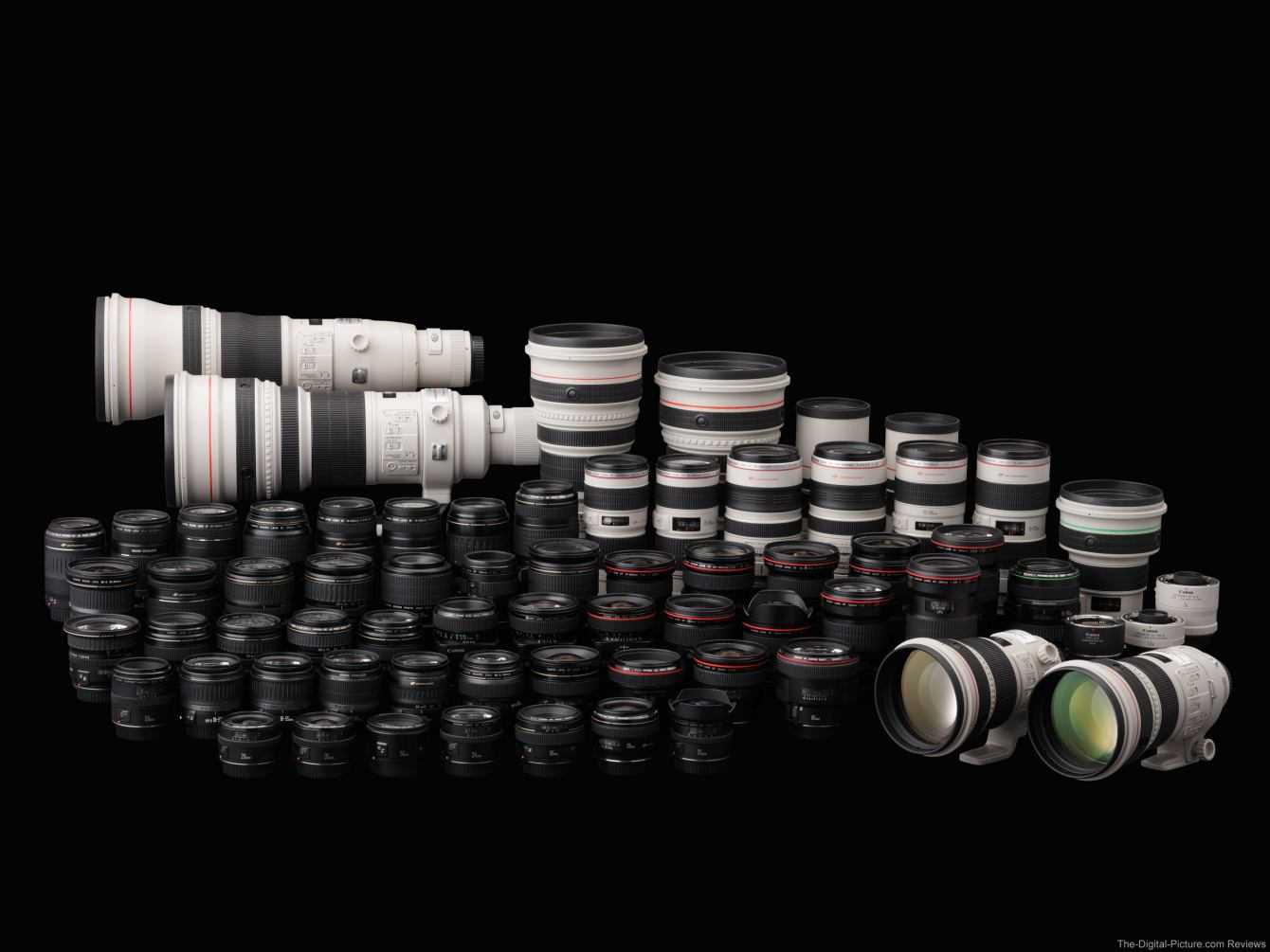
Some Canon lenses
Which factors to prefer? It may seem strange but the answer will be: comfort compared to our way of photographing. This is because we want to start from the assumption that that lens must always be attached to our machine and must never be changed! To meet this requirement we must first understand what our tastes are in terms of perspective and combine them at an angle of view that is comfortable in all our needs.
A handyman will be, due to force majeure, a compromise goal (which will not allow us to excel in anything), but to bring everything home. Or, choosing with different criteria, a lens purchased to be the one that most satisfies our way of photographing! Starting from these assumptions, historically in photography, all-round fixed lenses have always been associated with certain focal lengths (referring to Full Frame, or Leica format):
- 24mm, also known as the focal length of the reportage, it is the focal most used by those who always want to participate in the scene;
- 28mm, character similar to 24, but totally different due to the smaller FOV and depth of field;
- 35mm, known as the wide angle from human vision, allows us to frame what we see with a wide angle of view, not straying too far from the perception that our human eye has of the scene;
- 43mm, the “normal” focal length that accurately reproduces the scene as it is seen by the eye;
- 50mm, focal that returns a more compressed vision than the human one;
- 75mm, the first of the medium tele, a classic of reportage photography for all those photographers who like to observe focus on details;
- 85mm, for some the most versatile lens among the canvases, is the choice to make if you love to represent details of a scene.
These indications are to be taken as an overview of the situation, and also as a “do not be afraid “to choose a focal length instead of another because it is considered” too pushed “in one direction or another according to other people! This is because the choice of the fixed handyman is something extremely personal, and as such it should be made taking into account only what we like to photograph and not what others think we need to photograph! Everyone has their own style, and should shop accordingly. Such is the message presented in this article.
How to choose a handyman fixed goal: buying advice
After the theoretical discussion (focused on the reasons that can lead to a choice) in the second part of the article we will examine what are the possible choices in the most popular systems. The following will be just a list, divided by photographic systems, of the lenses that we believe are good options for you. We will choose one for focal length (if available) preferring price and lightness. This section will be updated on a monthly basis.
How to choose an all-round fixed lens – Canon EF
How to choose an all-round fixed lens – Canon EF-S
How to choose an all-round fixed lens – Canon RF
How to choose an all-round fixed lens – Nikon FX
How to choose an all-round fixed lens – Nikon DX
How to choose an all-round fixed lens – Nikon Z
How to choose an all-round fixed lens – Sony FE
How to choose an all-round fixed lens – Sony E
Good light!
With the guide on the how to choose a fixed goal all-rounder we stop here, but keep following the photography section for other news about it!






